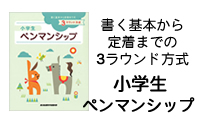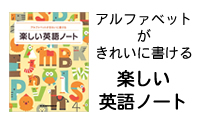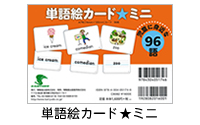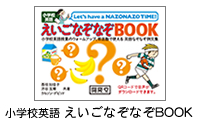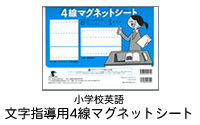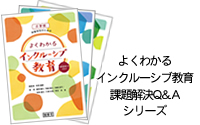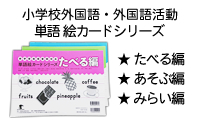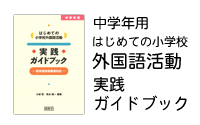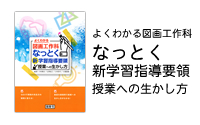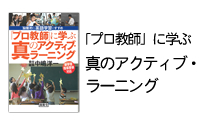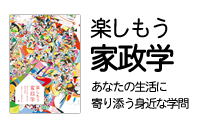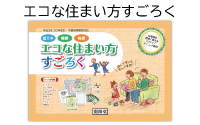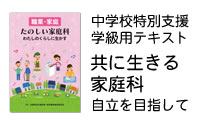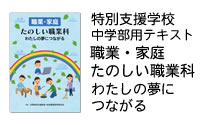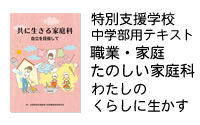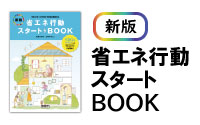日本語・英語解説による 続・言語活動成功事例集

特徴
大好評につき第2弾刊行!言語活動の成功事例のみを収録した事例集です。前作の特長である、日本語と英語の同時収録や技能別・目的別の分類はそのままに、新しい事例ばかり32編を収録しました。
言語活動成功事例集の生まれた背景
教師であれば誰でも、「今日の授業はうまくいった」という喜びを味わいたいものです。授業がうまくいった日は心が軽やかですし、反対に授業のうまくいかなかった日は心が重くなります。授業がうまくいくかどうかは、どれだけ授業の準備をしたかと深く関係します。「教材研究をじっくりやって授業に臨みたい」というのがすべての教師の切実な願いでしょう。にもかかわらず、実際には行事や会議、生徒指導、部活動などに忙殺され、授業準備にほとんど時間をかけられないのが教師の実情です。忙しい教師でも、モデルになるような教材や展開例がどこかにストックされていて、いつでもアクセスできたらどんなに助かるだろう。そんな思いから本書は生まれました。
本書の内容紹介
本書は、『言語活動成功事例集―Communication Activities』の続編になりますが、内容が難しくなっているわけではありません。もちろん、活動内容は前回のものと全て異なりますが、レベル的には前回の事例集とほぼ同程度のものを意識しました。
また、前回と同様に説明を日本語と英語の2本立てにしました。ALTとのティームティーチングを意識してのことです。
日本人教師が英語の説明を読んで言語活動をイメージするのは大変なことですし、同様にALTが日本語の説明を理解するのも大変なことです。本書を見れば、日本人教師とALTが同時に活動の内容を理解できます。(もちろん、全ての活動は日本人教師単独の授業で使えることは言うまでもありません。)
本書の題名に「成功」の2文字が含まれているように、すべての活動は実際に授業で行われ、うまく展開したものをもとにしています。さらに、活動を行う際に気をつけるべき点について「ひとことコーナー」で触れました。授業で実施するとなれば、「こうすれば、うまくいく」「こうすると、まずい」という経験に根ざしたワン・ポイント・アドバイスが一番役に立ちます。
生徒の実態に合わせてアレンジしましょう
本書に書かれている展開例はあくまでモデルに過ぎません。そのまま使うことも可能ですが、よりうまく気持ちよく授業を展開するために、目の前の生徒の実態に合わせてお使いください。どのような場面で、どのような働きをすることば(英語)が使われるのかをよく考え、本書の活動例を工夫してお使いください。
目次
- Find Three Students
クラスの中で役割の異なる3人を探し出す
Students practice a simple dialogue and identify who is playing a different role.
- Code Breaker
コード表を用いて、聞き取った数字をアルファベットになおす
Students decipher series of numbers into words or sentences.
- Calendar
月や曜日の名前を使ってのフルーツ・バスケット
Students practice the names of the months and days of the week.
- Grab It!
カルタとりの要領で現在進行形を学ぶ
Using picture cards, students practice the present progressive tense.
- Dot to Dot
数字と数字を結んで現われてくる絵はどんな絵?
Students practice numbers by describing and drawing straight-line pictures.
- Which Hand Is the Dog In?
「どちらの手に犬がいますか」指定した動物のカードを持っている方の手を当てる
By using a simple dialogue, students practice the names of animals.
- Find the Missing Letter
読まれた語の不足している文字や余分な文字を探す
Students try to find missing or extra letters in words read aloud by the teacher.
- How Do I Look?
相手のジェスチャーがどのような気分・気持ちを表そうとしているのか当てる
Students act out their feelings and practice the vocabulary of emotions.
- Let's Play Cards!
カルタ取りの要領でヒントに合う単語カードを探す
Students compete to choose word cards that match hints read out by the teacher.
- Who Am I?
自分の背中に貼られた人物は誰か、質問しながら推測していく
By asking questions, students guess the secret identity they have been given.
- Name the Animal
比較級を使って、相手が思い浮かべている動物を推測していく
Using comparative sentences, students guess the names of animals.
- Q&A Maze Game
すごろくゲームで、日常生活の表現を定着させる
Using a board game format, students familiarize themselves with useful daily expressions.
- Making Words
ある単語の文字を組み替えて、できるだけたくさんの単語を作る
Students make words from the constituent letters of a given word.
- Rows and Columns
縦列・横列が交互に起立し、すばやく質問に答える
An exciting, rapid-fire quiz game.
- Dash Off the Answer
チーム対抗の早押しクイズゲーム
Students review target grammar and key expressions through a fast-moving team game.
- What Do You See?
絵やポスターのなかに見たものを英語で表現する
Students describe a picture or poster.
|
- Concentration
一連の動作をする間に、指示された語を言う
An elimination game in which students try to think of as many words for given categories as possible.
- Interviewing the ALT
グループでALTに質問する
Groups interview the ALT and then quiz the class.
- Speaking Competition
短い英文を作り、できるだけ早く発表する
Students compete to make sentences that practice target grammar or key expressions.
- Find the Whole Story
聞いた話をできるだけ正確に再現する
Groups of students compete to write a story they have just heard.
- Some Tips for Reading Aloud
音読を成功に導くあの手この手
Techniques to overcome students' reluctance to read aloud in class.
- Let's Be a Cartoonist!1
4コママンガのセリフを英語に訳す
Students translate comic strips into English.
- Let's Be a Cartoonist!2
マンガを見て、それにふさわしいセリフを英語で書く
Students create their own dialogues for simple comic strips.
- What's Happend?
2枚の絵の間に起こったことを想像して英語で書く
Students imagine what has taken place between a “before” and “after” picture.
- Who's Who?
手がかりをもとに絵の中の人物が誰かを特定する
By piecing together clues, students identify the seven people in a picture.
- Look! I'm on TV!
テレビコマーシャルを作り発表する
Groups of students act out their own television commercials for everyday objects.
- Repairing Broken Sentences
カードにあるキーワードを用いて相手に質問する
Students have simple conversations, beginning with a question made up from keywords.
- Who's My Special Friend?
このカードは誰についての情報科、質問をして当てる
Using anonymous personal information, students track down their Special Friends.
- What Do You Think?
トピックカードに書かれた文をきっかけにグループで会話を続ける
Students have free conversation or discussion prompted by particular topics.
- Balloon Game
1人気球から飛び降りないと全員が助からない…、飛び降りる人は誰?
Students practice some debating skills in this survival game.
- Simple Pair Debate
ペアで好き嫌いの理由を述べ合う
Students give reasons for liking or disliking certain topics.
- Brainstorm
ある命題について賛成・反対の理由をできるだけ多く考える
Students brainstorm to make arguments for and against a given proposition.
|
仕様
| 編著 |
藤井昌子/スティーヴン・アシュトン |
| 判型 |
B5 |
| ページ数 |
128 |
| 価格 |
本体952円(税抜)
定価1,047円(税込) |
| ISBN |
9784304011696 |


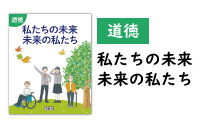
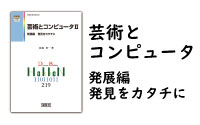
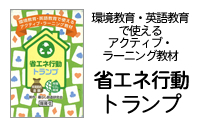

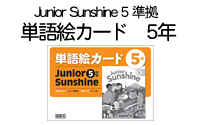
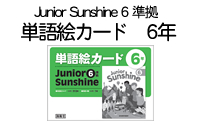
![[解説]実践 総合的な学習の時間の指導法](../../00_top/new_461660.jpg)



